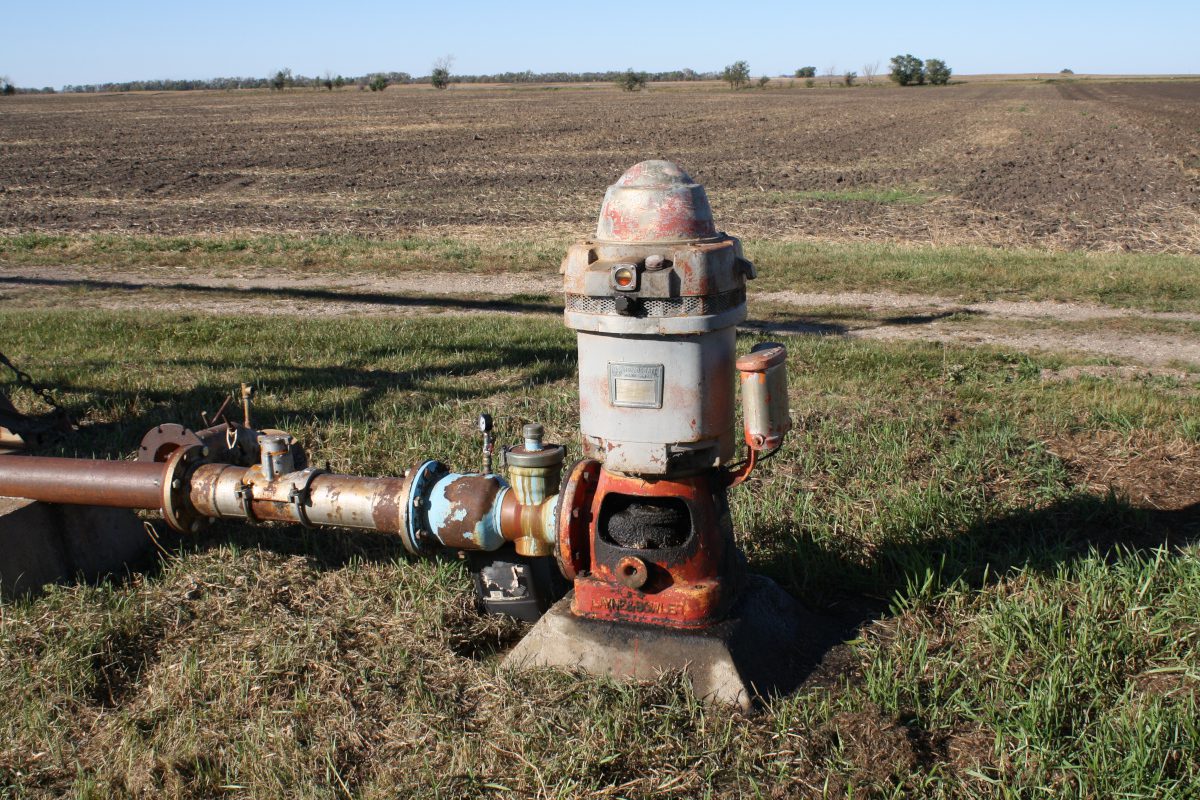
A large part of global food production is dependent on irrigation, and new research from Utrecht University appears to show that, when irrigation water from river basins becomes too salty, crops that are sensitive to salt (such as potatoes, tomatoes and fruit trees) will have trouble growing. To make matters worse, irrigation seems to be one of the main drivers in increasing salinity in river basins – not just in dry regions, but also in wetter areas.
The results of the study, led by Dr. Josefin Thorslund, were recently published in Nature Communications. As the paper explains, irrigation is sensitive to salinity, but also causes salinity – so how can we break this vicious cycle?
Most communities extract their fresh water in river basins, the land area where water collects and drains into a body of water. When freshwater becomes too salty, it’s unhealthy to drink it. “Not only that, you can’t use it for irrigation anymore and it can negatively impact the ecosystem,” says Thorslund. Some salt tolerant crops like barley and sugar beets still grow in saltier water, but many don’t.
Important salinity drivers
Road salt, mining, and erosion of bedrock can all cause salt to enter rivers, driving increases in salinity in freshwater. “In the Mississippi river, for example,” said Thorslund, “we saw that almost all of these drivers are present: it’s a large region with a lot of people, and therefore a lot of irrigation and road salt use. But even when drivers accumulate like that, and the effect becomes stronger, our results showed irrigation to be the most significant driver in river basins of high salinity issues.” .
Climate change can also be an important salinity driver when river deltas meet the sea, like in the Netherlands. When the sea level rises, salt water travels further upstream and can make the rivers saltier. “Luckily, the Dutch know how to manage water very well: the Netherlands have a lot of infrastructure to desalinise or flush their salty water,” she says.
“We knew from previous research that irrigation can increase salinity on a local scale, especially in dry regions,” Thorslund says. “The fresh water you need to dilute the salty water causes even more water stress in those drier areas. Now we found out that it is not just a local problem, but rather a global one. And even in parts of the Mekong river basin, which is quite a wet area, we see salinity increasing since the 1980s.”
Breaking the salinity loop
Irrigation is sensitive to salinity, but also causes salinity. One way to break this irrigation-salinity loop is to experiment with different types of irrigation techniques. “With traditional above-ground irrigation you lose a lot of water due to evaporation, which causes salinity to increase and you need more water to make up for that. By using smart irrigation techniques, you can eliminate that effect.”
It seems obtaining fresh water for irrigation is becoming increasingly difficult, and it is important to have as much information as possible for water managers. “We can use the data from this new study to make more realistic models that show, for example, how saline the water will become in the coming decades. In this way, we will be more prepared for upcoming salinisation risks,” Thorslund concludes.
Publication
Thorslund, J., Bierkens, M.F.P., Oude Essink, G.H.P. et al. Common irrigation drivers of freshwater salinisation in river basins worldwide. Nat Commun 12, 4232 (2021). https://doi.org/10.1038/s41467-021-24281-8
For more information, please visit the Utrecht University website.






